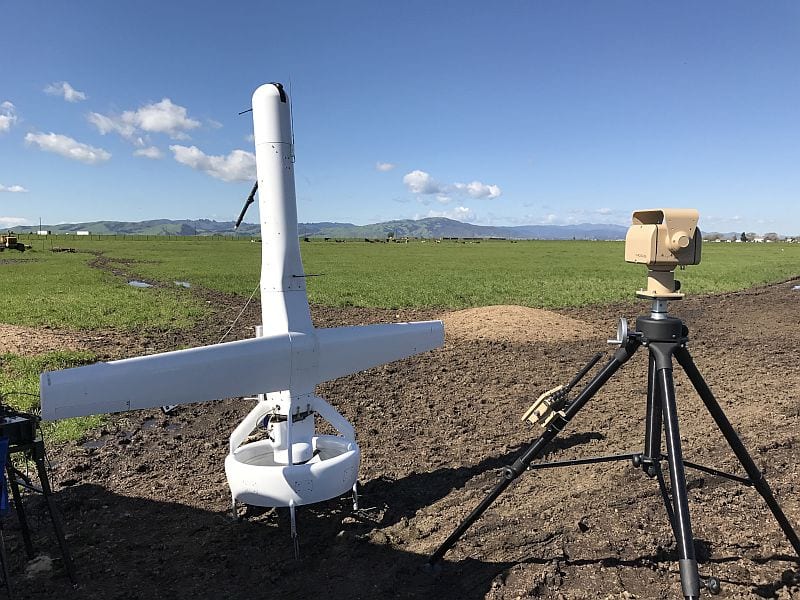VStar Systems has announced that it has added remote operations to its MA-C SIGINT Sensor, foregoing the need for operators to be co-located with the aircraft ground station. This new capability provides even more flexibility, greater utility and more useful intelligence.
“With most sensors on smaller unmanned aerial vehicles (UAVs), the UAV sensor operator and aircraft operator are usually one and the same or are near each other,” said Andy von Stauffenberg, CEO of VStar Systems. “We took that need completely away and now the aircraft can be operated separately from the SIGINT operator.”
A key capability is the ability to operate the sensor over the existing internet or cellular network, without needing a dedicated link to the aircraft. VStar Systems is now running this mode routinely with the sensor physically located in Northern California, while the ground station is in Southern California and the cellular network connects the two. The low bandwidth requirement also enables them to provide future SATCOM capabilities over even the smallest links. Together with the sensor that weighs two pounds and consumes 25 Watts, it means that even very small drones can be configured to provide beyond line of sight (BLOS) operations and still send real time intelligence to operators.
Operationally, this capability has three main benefits:
- Operator stations can be consolidated for a wide variety of UAVs, UGVs (unmanned ground vehicles) and USVs (unmanned surface vehicles) to provide the maximum benefit. This allows for a single ground station to use multiple sensors on multiple aircraft or ground platforms—providing consistent coverage. If one has to return home due to low fuel or battery concerns, another can simply take over and the sensor operators would continue the mission.
- It allows for smaller crews to go into remote (and often dangerous) locations—keeping the key decision makers in the back with the primary assets while a single plane operator can be near the hotspot. This also allows for rapid deployments, since only a subset of the entire system needs to go out, and allows the key decision makers to get up to date, real time information in a fraction of the time.
- It increases the range of the aircraft. Most of the time, the aircraft endurance is mismatched with the datalink range. An aircraft might be able to fly for 8-10 hours at a time, but with LOS datalinks they sometimes only get 40 miles maximum range. That means it will take off, go out about 30 miles and then fly circles for six hours before coming back. The remote operations capability and low datalink requirements allow UAVs to use long range datalinks or even small SATCOM systems to significantly extend the range, something not possible with visual EO/IR or Radar systems.
“The remote operations capabilities adds significant operational utility to the overall system – but we are far from done,” said von Stauffenberg. “Our current plans and ideas will take us out at least another year or two until we are satisfied with their development and integration and we will likely think of new capabilities along the way.”
VStar Systems designed its MA-C Sensor System to provide signal intelligence such as signal copy, signal identification and direction finding to a wide variety of platforms. The MA-C system is designed to function as a highly modular, scalable, flexible tactical COMINT sensor, specifically intended to address design challenges posed by Class 2 or 3 UAVs, while also optimizing operator efficiency.
The post VStar Systems Adds Remote Operations Capability to SIGINT Sensor appeared first on Unmanned Systems Technology.
